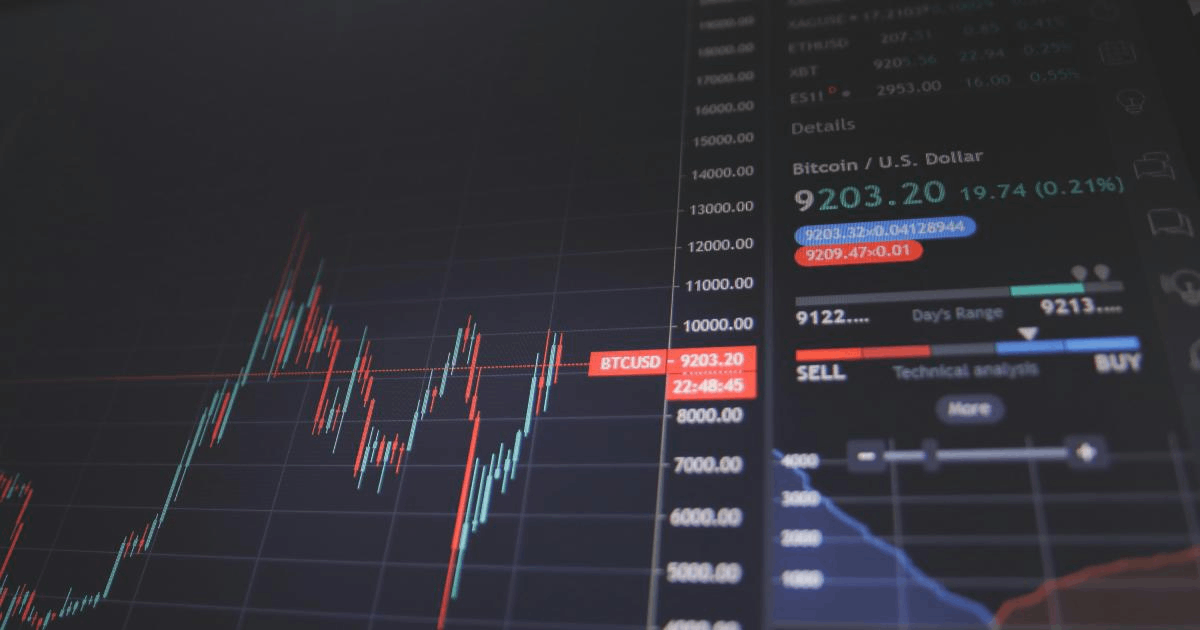
By Lawrence G. McMillan
This article was originally published in The Option Strategist Newsletter Volume 23, No. 22 on December 1, 2014.
This is a subject that we will likely be writing about off and on for a while. I had not intended to tackle it so early, as I thought it would be something we’d first discuss very late this year. However, there has been considerable mention of the “5th Year” phenomenon in the financial media already this year. So, I wanted to disseminate some of this information, in case you might want to act on it before everyone else does. I find it interesting, although I am not planning to actually base any official recommendations on it in this newsletter.
Simply stated, the 5th year of a decade has been by far the most bullish year of them all, dating all the way back to 1885. Figure 2, below, is a composite of the movements of the Dow Jones Industrials, dating back to 1897 (while the entire chart is not completely up to date, all of the “5th Year” data is included). The fifth year is circled in red. You can see that it is, without any close competition, the most bullish year of the decade.
The Stock Trader’s Almanac, published by Wiley (and formerly published Yale and Jeff Hirsch) has a number of statistics on the 10-year Cycle, and the 5th year, in particular. The market has been up every “5th year” since 1885 (note: in 2005, the Dow was down a slight amount – 0.6% – but $SPX was up on the year). Moreover, most of these years have seen huge gains. The average gain has been 28.3%! It is unclear why this occurs, although every other year ending in ‘5’ is a year following a mid-term election. And that would the third year of the Presidential Cycle – the most bullish year in the cycle. Even so, that doesn’t account for the other half of the years ending in 5.
Figure 3 shows how the market progresses during the year ending in 5. You can see that the gain is steady, with very few pullbacks. There is a little pullback in early March, and then another in July- August, and a kind of flat period in September. Other than those small inconveniences, the market is pretty straight up at all other times during the “5th year.”
Quite a few spots on TV have mentioned this phenomenon regarding years ending in ‘5,’ and it is featured in many articles that follow seasonal trading.
What bothers me a bit is that so many people are already talking about it. That probably also means that many of these people have already bought in anticipation of next year. This is typically what happens to profitable seasonal trading patterns: they advance in time because “smart guys” try to beat the crowd. For example, the January Effect moved from January into December some time ago.
Hence some of the strength we are seeing in the market right now might be due to traders anticipating the fact that next year is the “fifth year,” and – as such – it should be a strongly bullish year. That is pure conjecture on may part, of course, for I have no way of knowing who might be acting on this information.
Usually, when something gets out to the public so broadly, it is played out. Or at least, there will be a “head fake” to throw everyone off (perhaps a sharp decline early in the year, followed by rising prices thereafter). So be careful if you decide to act on this seasonal pattern. Use long-term options to quantify your risk.
This article was originally published in The Option Strategist Newsletter Volume 23, No. 22 on December 1, 2014.
© 2023 The Option Strategist | McMillan Analysis Corporation

